Out Of Her Dreams: Dancing In The Original Production of Rodgers & Hammerstein’s OKLAHOMA!
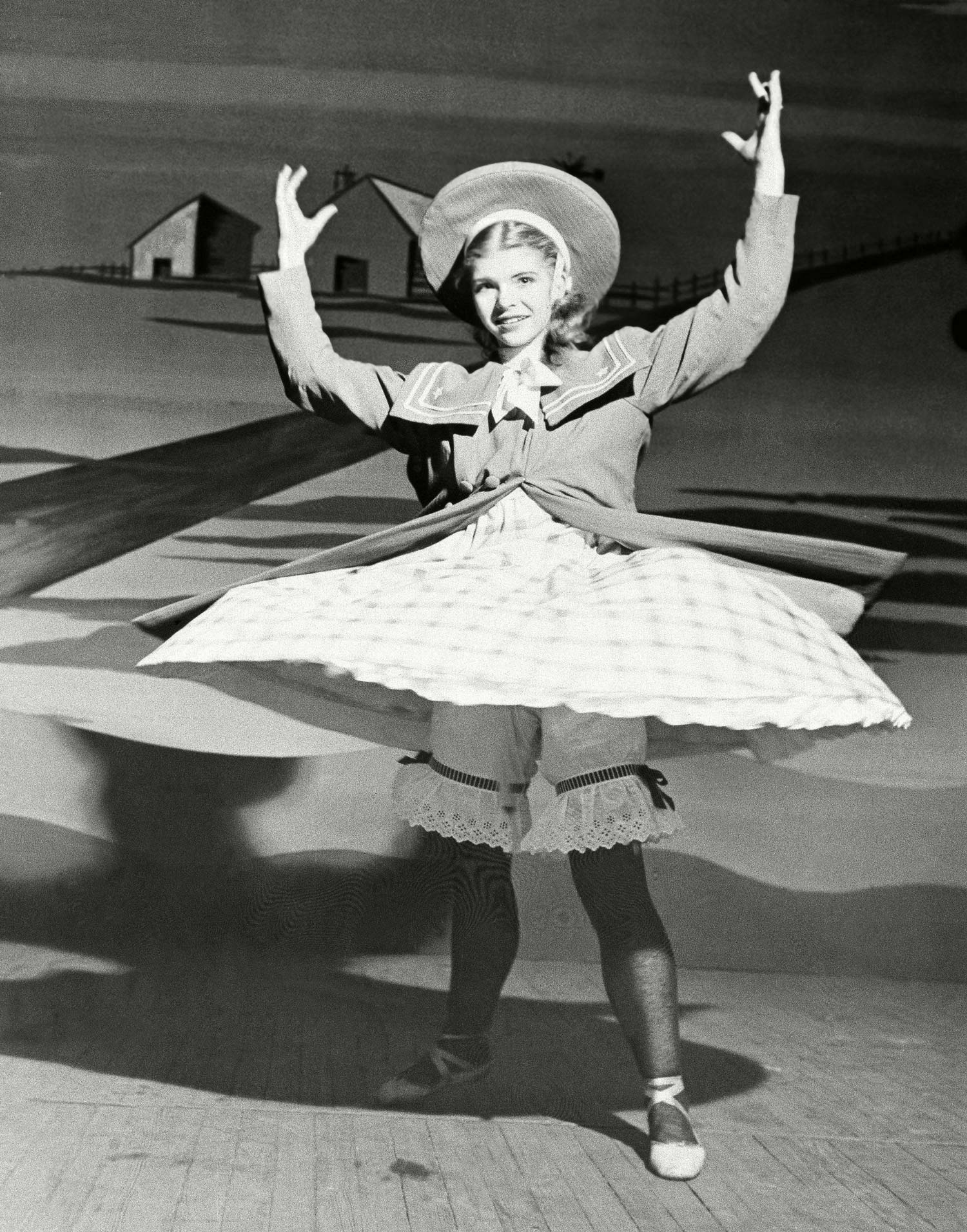
“Oklahoma! was made for the people, and the people made Oklahoma!” 80 years after Rodgers & Hammerstein’s first collaboration debuted on Broadway, we spoke with the sole surviving member of the original 1943 Broadway cast. Bambi Linn was only 16 years old when she made her Broadway debut in the chorus, and she went on to have a successful career as a dancer, actress and singer, both on stage and on screen.
She originated the role of Louise in Rodgers & Hammerstein’s Carousel – a role she reprised in several subsequent Broadway revivals – and appeared as Dream Laurey in the 1955 film adaptation of Oklahoma! (She also costarred in the 1962 Broadway musical I Can Get It for You Wholesale, which featured another young newcomer, 19-year-old Barbra Streisand.)
At nearly 97 years of age, Bambi remains sharp, witty and upbeat, recalling her extraordinary career with humility, grace and humor. Though fans of Rodgers & Hammerstein may marvel at her experiences, Bambi takes it all in stride. She was simply a working actor/dancer—and just happened to work on some of the most influential and best-loved works in the history of musical theatre. “I never thought of it as being glamorous,” she says, “I was working, and I was happy to be working doing what I do.”
"Follow your dreams. Whatever it is you want to do, do it. Because if you don't do it now, you never will.”
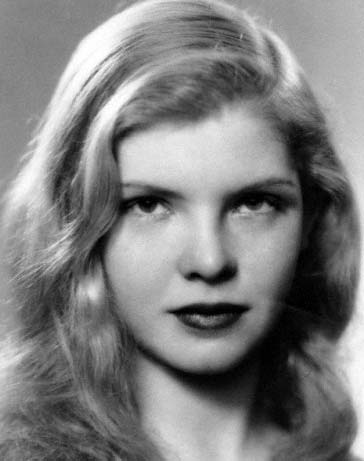
Auditioning for Oklahoma!
Though Bambi had trained extensively with Agnes de Mille, she had no Broadway experience when de Mille suggested to Rodgers & Hammerstein that they include her in their new musical. “This was my first professional performance,” she explains. “I had never acted on stage before. I was a novice.” Though she was intimidated by the creative team, her youthful ignorance helped her get through. “I didn't really realize how important they were. I was just a kid!”
Apparently, Richard Rodgers was less than thrilled with Bambi when he first encountered her. “He said I had piano legs and that he didn't know if he wanted that girl in the show. And Agnes said, ‘No, she's one of my dancers. She's in the show. She can dance.’”
Though Rodgers was more interested in casting older, long-legged chorines, de Mille insisted. According to Bambi, “Some of the chorus girls that Rodgers wanted in the show could not dance… or they couldn’t do Agnes’ work,” so de Mille and Rodgers worked out a compromise, casting a few eye-catching chorus girls alongside trained dancers like Bambi.
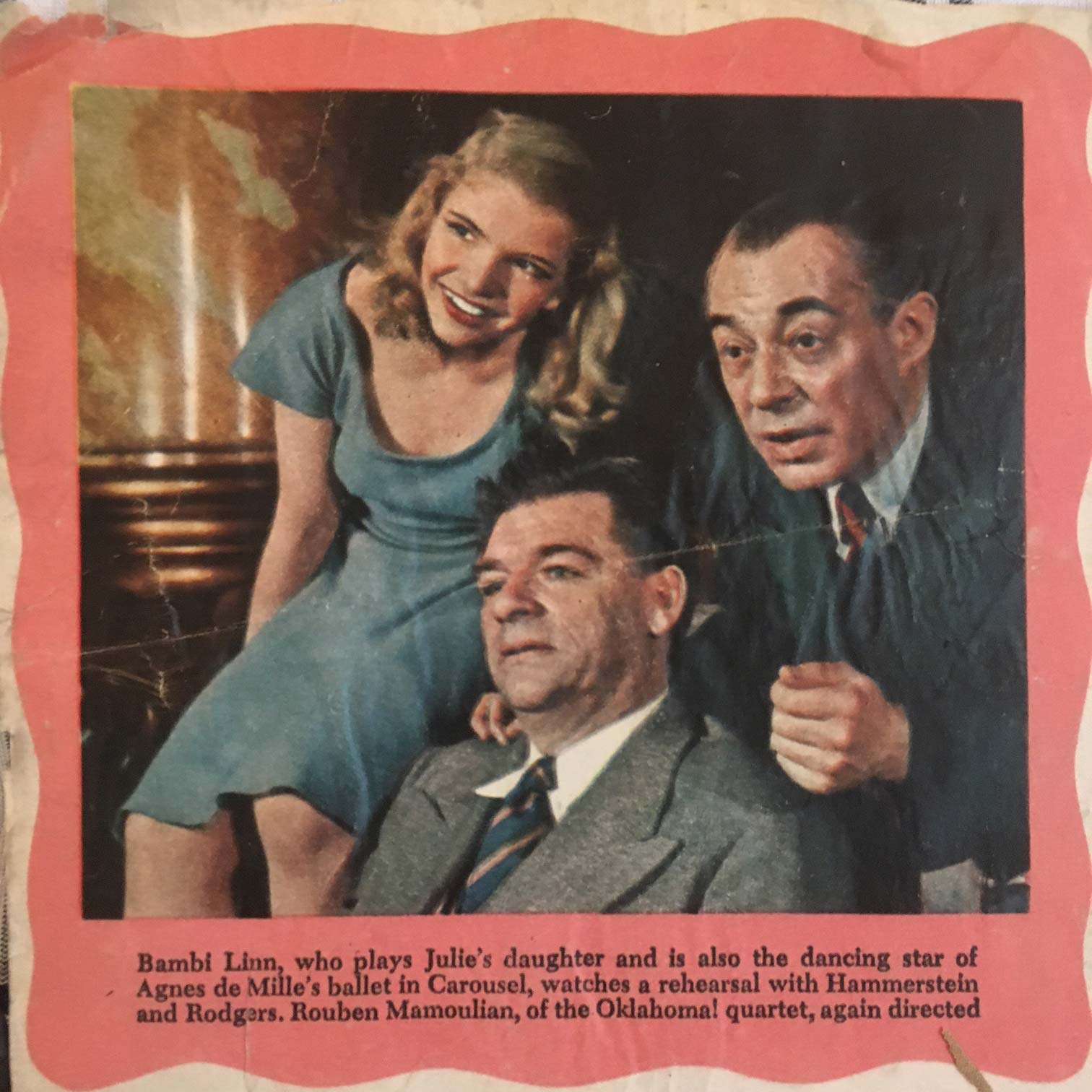
“Rodgers reminded me of my father … and I adored Hammerstein.”
Rodgers & Hammerstein
Bambi speaks fondly of Rodgers & Hammerstein, citing one special memory, when the composer and lyricist came backstage to thank her.
“Rodgers reminded me of my father, so I felt very sympathetic towards him,” she says. “He was sweet and gentle, and he never put you in a situation where you could not answer or feel uncomfortable.
“And I adored Hammerstein. He was very friendly and giving. You know, some people give things… it comes out of their body and then lands on you? Well, that's the kind of person he was. Whenever he would come and talk to me, he was very kind and very nice. And he treated me like a person.
“Hammerstein, to me, was like a god. I thought he was the best ever. And he was a poet.
And to be even near him... He's the kind of person I wanted to touch because maybe some of it would come off on me.”
Agnes de Mille
Bambi is equally effusive about Oklahoma! choreographer Agnes de Mille, citing de Mille’s dedication to truthfulness and specificity. “Whenever you worked for Agnes, you weren't just a person, you were a definite character,” she says.
But de Mille was strict. Bambi recalls one instance when de Mille caught her and her castmate Diana Adams dancing on a show day: “Diana and I were in a class at Ballet Arts 61. And Agnes just happened to walk by and see us in class and she made us get out. We had to save that energy for the show tonight!”
But she loved working for Agnes, saying de Mille helped her become authentically “transplanted” into the role of a young girl living in the Great Plains.
Just People
That authenticity, to Bambi, is what made Oklahoma! a landmark. “It’s special because it’s about people, and they're ordinary, you know? They're not extraordinary. And that's important. We weren’t show girls, we were just people.”
Of course, she adds, it might also be because “the songs are so wonderful.” She cites the title song as a particular favorite. She laughs as she confesses “once you start singing ‘Oklahoma,’ you get very enthusiastic about the state… It’s ridiculous!”
Bambi and the rest of the cast first heard that title song while the show, then titled Away We Go!, was in its trial run out of town. “In New Haven, they said, ‘Hey, we've got a new song for the show,’ and we all had to learn it,” she explains. “And, at the end of that, Theresa Helburn, one of the producers, said, ‘Let's call the show Oklahoma.’ And then someone said, ‘with an exclamation point!’”
"We weren’t show girls, we were just people.”
Cows and Pigeons
Though Oklahoma! famously begins with a simple song presented in a simple setting, Theatre Guild Director Lawrence Langner kept trying to spice up the first scene, at one point attempting to add live animals. “I think we were in New Haven,” Bambi recounts, “and in the opening scene, (‘Oh, what a beautiful mornin’’), Langner said, ‘Oh, we should have a cow on stage!’ And they tried it, and of course, the cow immediately plopped, and they said, ‘No, that's no good.’ And he said, ‘Well, how about pigeons?’ And so, they sent some pigeons in, and the pigeons flew to the rafters and were up there forever and ever, making noises.” Chalk it up to life on the road. “You know… we were out of town, and they were trying out things,” she shrugs. “Anything goes when you're out of town!”
The Creative Team
Though Langner, Helburn, Rodgers, Hammerstein, de Mille and director Rouben Mamoulian all had strong personalities and forceful opinions, Bambi swears she never saw them clash. “They were working together, that was their agreement,” she says. “Whatever they felt towards one another was never reflected in their work.”
Wartime Audiences
When Oklahoma! premiered on Broadway, America was in the throes of a global war. Two years after the U.S. entered World War II, Americans were hungry for entertainment that inspired patriotism, and men and women in the United States Armed Services flocked to see the new Rodgers & Hammerstein musical. When asked why servicemen liked the show so much, Bambi is bluntly candid: “Well, first of all, they were let in for free.” But she and her castmates loved the matinee performances, when service people were admitted at no charge. “The servicemen loved it, and we were delighted because they were a wonderful audience,” she says. “And I think they made it a hit. It would have been a good show and people would have liked it, but the servicemen really embraced the show.” Bambi believes their positive word of mouth made the musical a blockbuster. “So, they helped us as we helped them.”
Oklahoma! played for an astonishing 2,212 performances, and Bambi loved being a part of it. “It was lovely to have the audience be thrilled with everything that you did on stage,” she says.
“It was lovely to have the audience be thrilled with everything that you did on stage.”
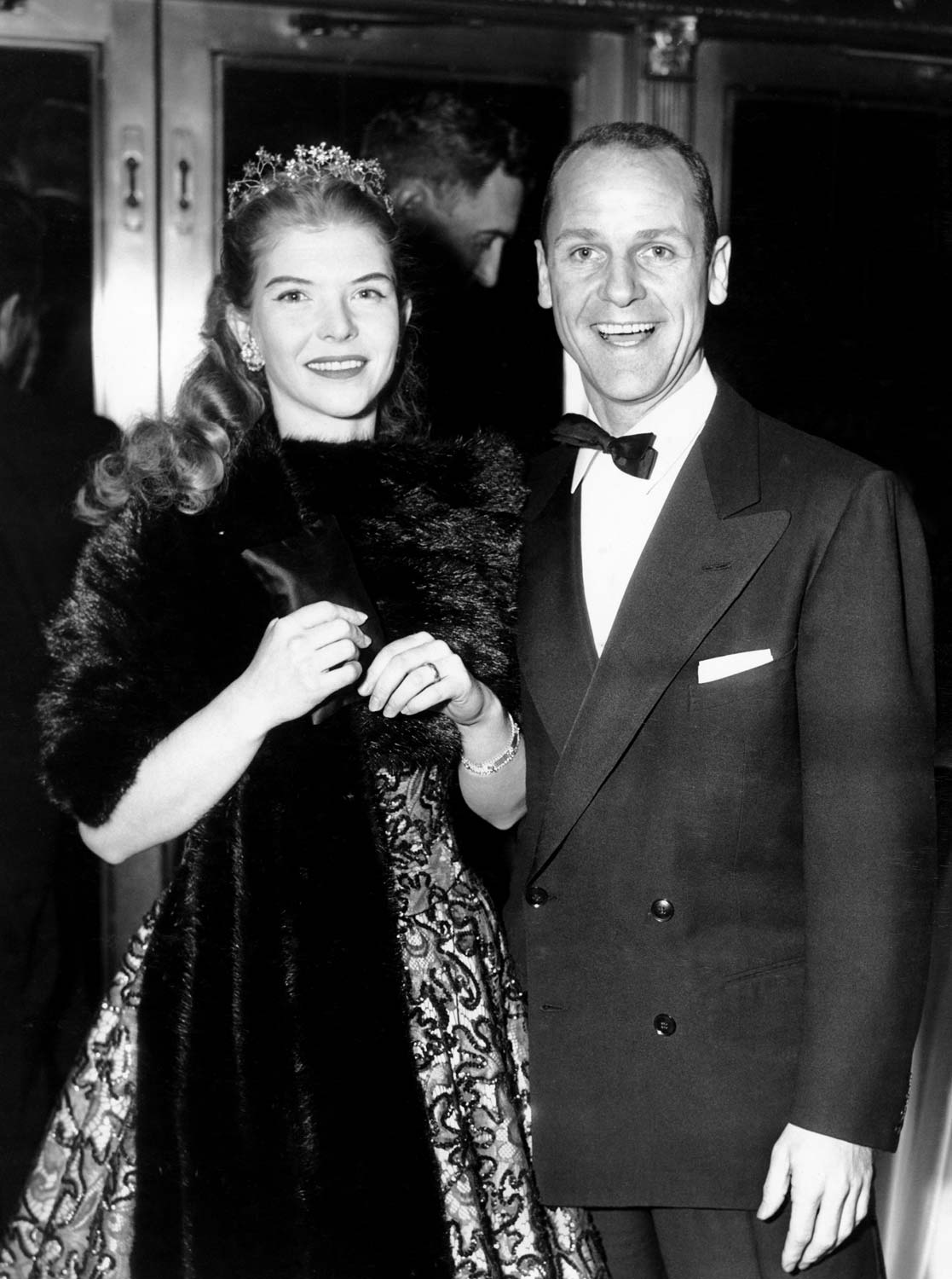
Commuting from Broadway
Through it all, Bambi just considered herself lucky to be a working actor. She had to commute to and from her job, just like everyone else. Her brother, dancer Ralph Linn, was performing in One Touch of Venus while Bambi was doing Oklahoma!, and after their final curtain, the siblings would try to meet up to share the earliest available subway ride home to Brooklyn. “He'd be running for the A train… and I’d be running… and we’d try to make it together,” she explains. “Sometimes I would make the train, and sometimes he would make it, and sometimes we would both make it.”
Oklahoma! on Film
“Our job was telling a story, and the ballet happened to further that story.”
Twelve years after Oklahoma! premiered on Broadway, the musical hit the silver screen. This time, Bambi played the principal dancer role of Dream Laurey. Today, she’s less effusive about her experience filming de Mille’s famous dance sequence for the camera: “I had to do it so many times for the camera,” she laments. “There were so many retakes on the film… By the time they got what they wanted, I was exhausted.”
But Bambi Linn was a professional, and she did not complain or regret the hard work she put in. “That's part of your job when you're a performer,” she says. “Our job was telling a story, and the ballet happened to further that story.”
And Bambi is very proud to have been part of that story. “Oklahoma! was made for the people,” she says. “And the people made Oklahoma! If the audience hadn't received it the way it did, Oklahoma! would not have been Oklahoma!” It was that connection with the audience that made Rodgers & Hammerstein’s first show a watershed in musical theatre. “There was something about the way the show was put together that made the audience feel included—they felt important to it.”
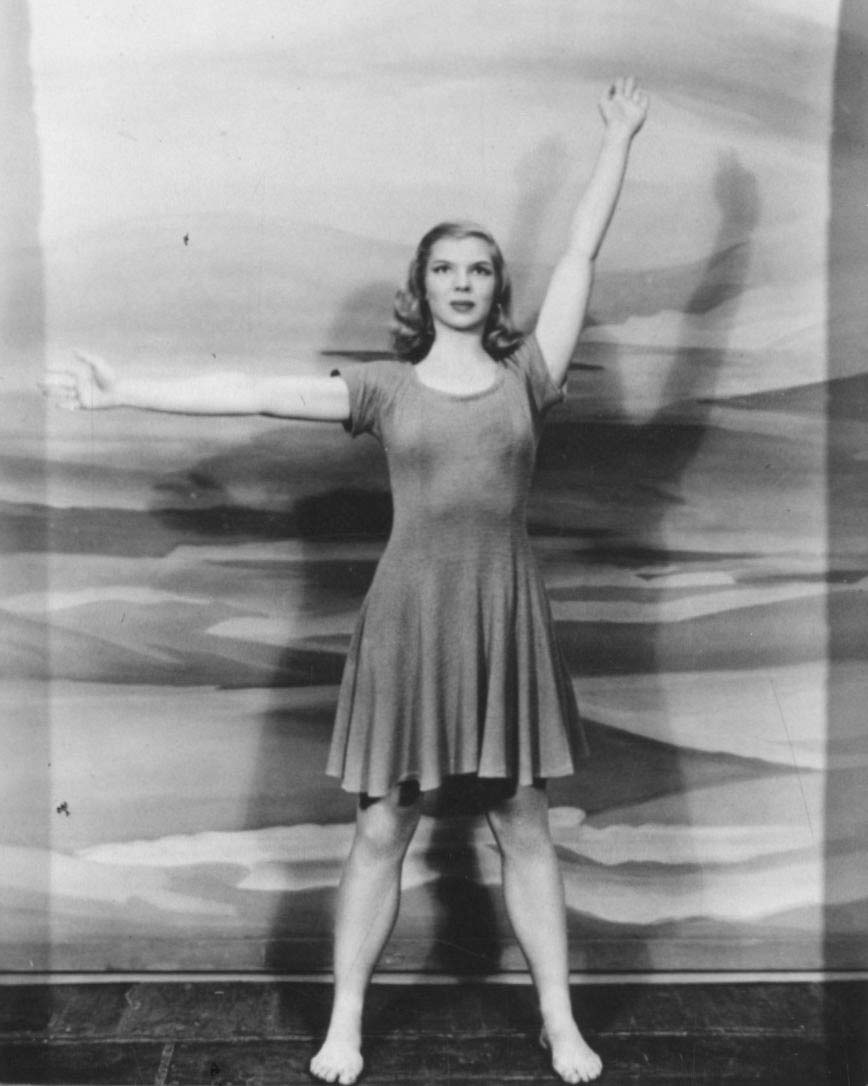
Auditioning for Carousel
After Oklahoma! Bambi played an even larger role in Rodgers & Hammerstein’s second Broadway musical, Carousel. She originated the role of Louise, the teenage daughter of Julie Jordan and Billy Bigelow. But first she had to audition.
“I was in Oklahoma! and I had read Liliom,” she explains, “and I wanted to read the part of the girl because I wanted to be in their next show. So, I did a scene from Molnár’s Liliom, and they liked it, and they gave me a part immediately. I didn't even know who I had a part for. All I knew was that I was going to get to say a few lines on stage! I didn't realize that Agnes was going to create a ballet for me. I mean, that was out of the blue.”
It may have been out of the blue for Bambi, but some records show that the creative team had Bambi in mind for a ballet all along. “They knew there was going be a ballet,” she says. “But I didn't know.”
Above all, she was thrilled to get a speaking role. “That was wonderful, because that's what I wanted to do: to say lines. I wanted to be an actress.”
Opening Night of Carousel
On Carousel’s opening night on Broadway, Bambi literally stopped the show.
“[Director Robert] Mamoulian came backstage, I think before the ballet, and said, ‘Be prepared to take a bow at the end of it.’ Then, at the end of the ballet, he came up and said, ‘Take a bow, take a bow.’ I said, ‘I can't… it's out of character!’ And I had to change my costume. So I never did take a bow. But then, when I got on stage in the costume, the audience insisted I take a bow. So I did.”
Bambi’s ovation lasted several minutes. “They had to pay the stagehands overtime!” she says. “And that was a ‘no-no’… that was bad. After that, they realized the audience was going to want to applaud and they had to allow for the applause. They had to cut the ballet down a little bit, so that there was time for the applause, and they wouldn't go into overtime.”
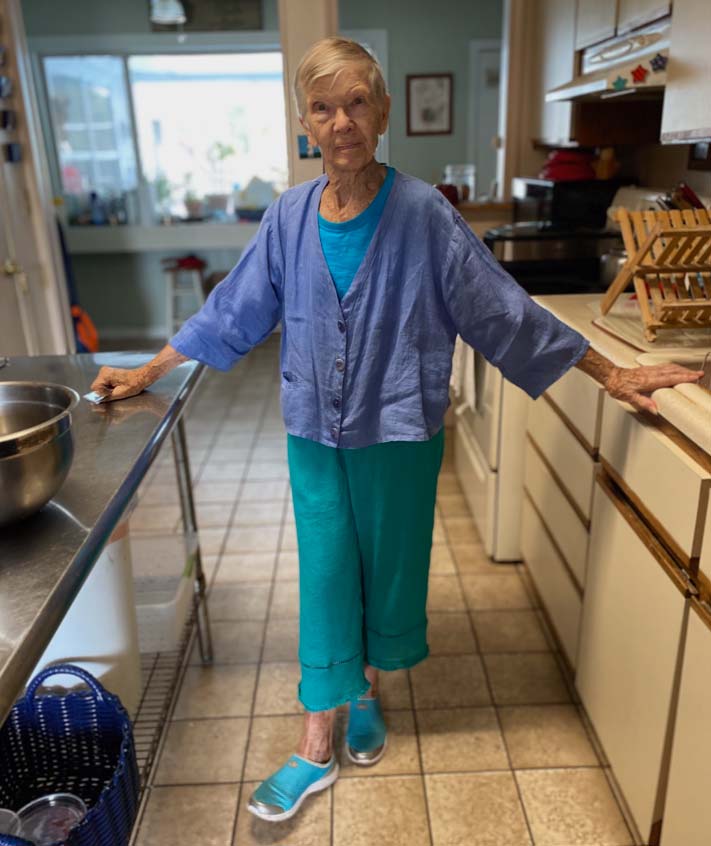
Fine Little Slivers
Bambi shares another terrific anecdote from her experience in Carousel. On a day when The Allies declared victory in WWII (either Victory in Europe Day on May 8, 1945, or Victory Over Japan Day on August 15, 1945, Bambi can’t recall which), New Yorkers were celebrating. “People from the Lincoln Hotel, which was right next door to the St. James Theatre, were throwing beer bottles out, and they didn't realize that the roof on the St. James was glass. So, when the bottles hit the glass, splinters came down on the stage. And I was dancing in bare feet, so I had to go into the wings and put some ballet slippers on. They gave me black ones, which didn't go at all! But oh, it was beautiful. And I did not cut my feet, because it was just fine, fine little slivers.”
Her Favorite Song
Rodgers & Hammerstein’s score to Carousel boasts one of Bambi’s favorite songs. “I always liked ‘If I Loved You’… It's just a beautiful song,” she says. “And I like the expression ‘if’ I loved you. Those were the kind of songs Oscar always wrote. It almost happened, it could happen, but it never does. That's the kind of mind he had; there always had to be a little question in there.”
Follow Your Dreams
Bambi Linn had an extraordinary career, on and off Broadway, often by proudly playing “ordinary people.” Now, 80 years after that 16-year-old kid with braces made her Broadway debut, Bambi is happily enjoying her retirement. So, what’s her secret to a happy life? Her answer sounds like something Oscar Hammerstein II might have written.
“I would say what I always have said: Follow your dreams. Whatever it is you want to do, do it. Because if you don't do it now, you never will.”
